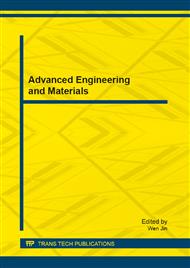p.612
p.617
p.622
p.628
p.635
p.640
p.646
p.652
p.658
The Interface Design and Usability Evaluation of Interactive Virtual Reality Navigation System
Abstract:
Virtual reality is an innovative technology, which allows users to immerse in an imagined situation. Therefore, promoting virtual reality technology can provide more natural and specific interaction mode. The purpose of this study is to investigate interactive virtual reality navigation system by testing 15 participants to evaluate the system and analyze the results with Delphi method and Heuristic Evaluation. Besides, we used Questionnaire for User Interaction Satisfaction (QUIS), Usability Metric for User Experience (UMUX) questionnaires and interviews to understand user experience. The results show the new system is better than the old one. The interactive VR navigation system design principles (easy to use, consistency, richness, feedback, simple prompt and documentation) obtained from this study can be used to enhance the satisfaction of the users when designing the interactive VR navigation system in the future.
Info:
Periodical:
Pages:
635-639
Citation:
Online since:
February 2013
Authors:
Keywords:
Price:
Сopyright:
© 2013 Trans Tech Publications Ltd. All Rights Reserved
Share:
Citation:


